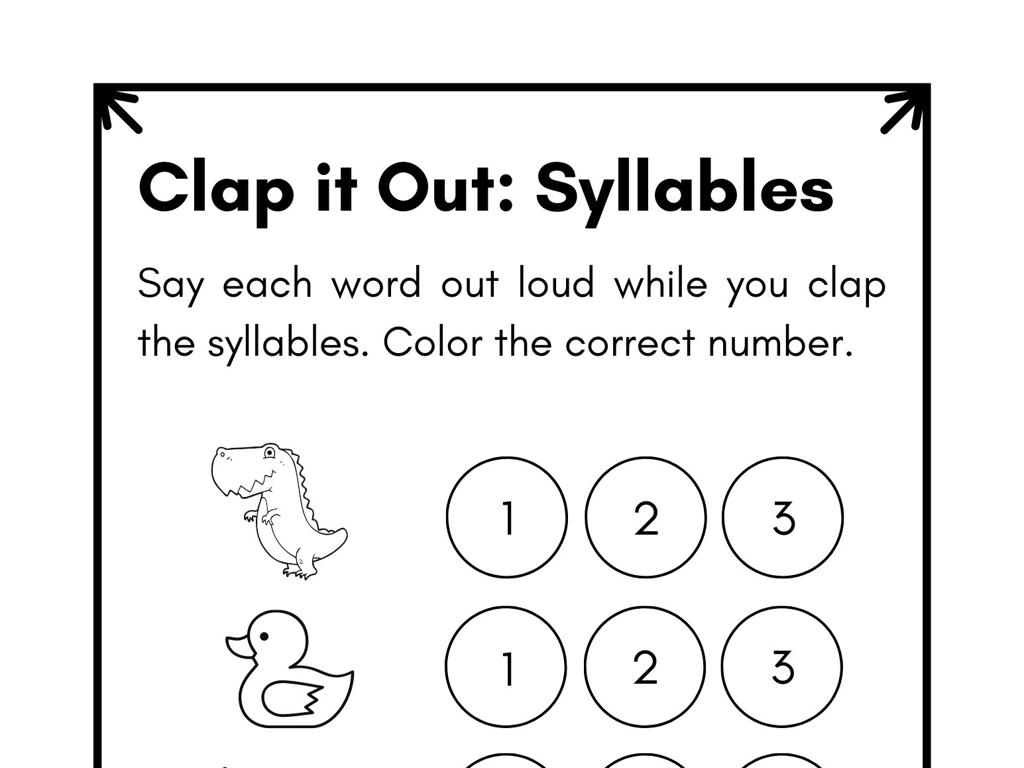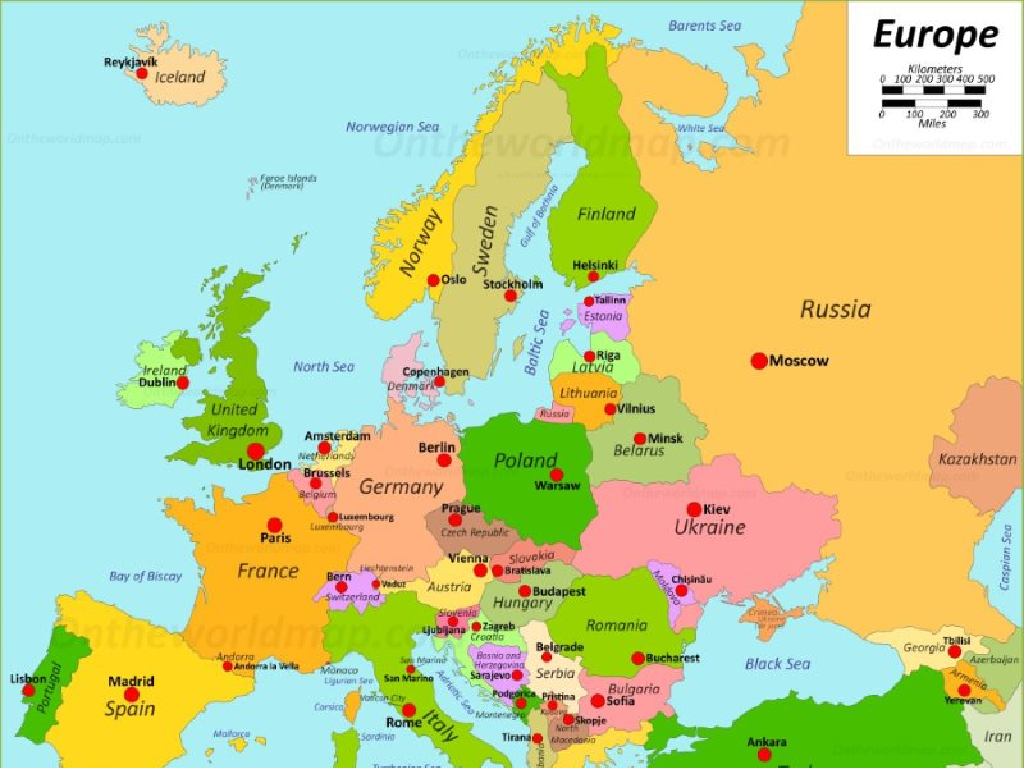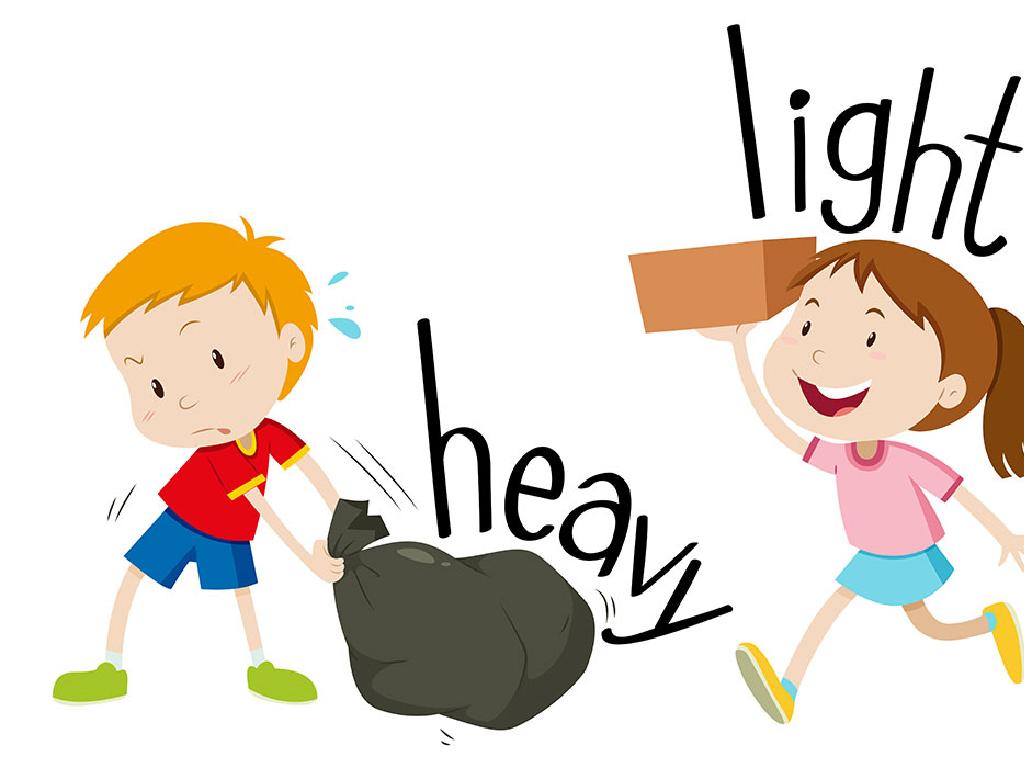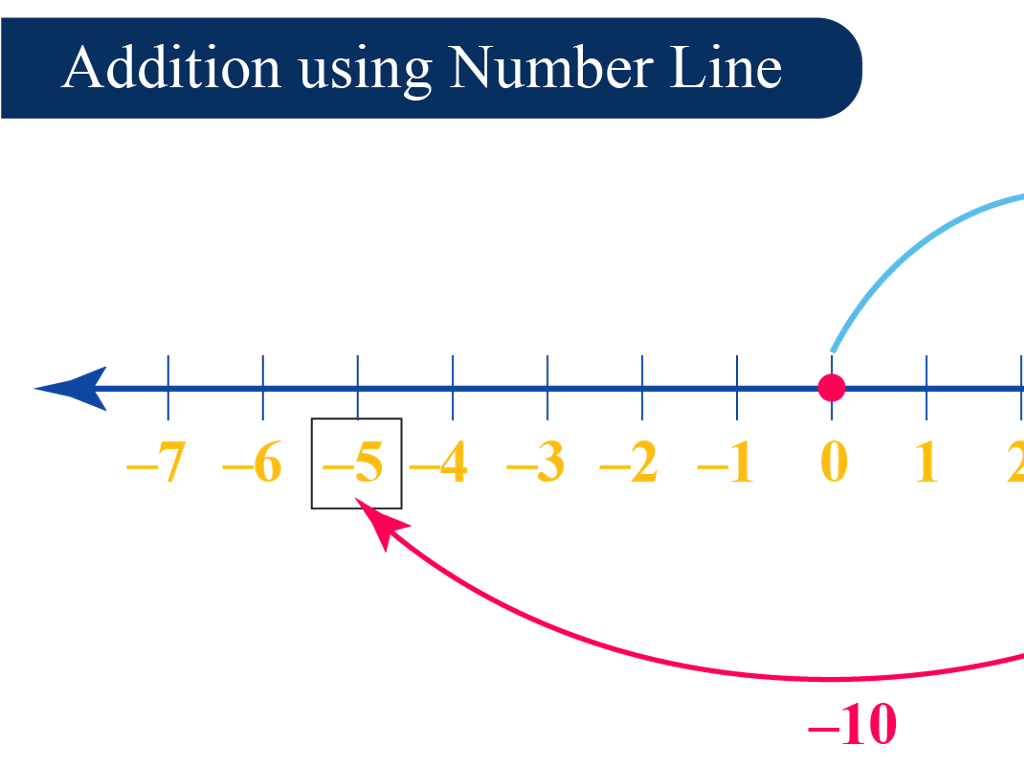Which Two Words Have The Same Ending?
Subject: Language arts
Grade: Kindergarten
Topic: Rhyming
Please LOG IN to download the presentation. Access is available to registered users only.
View More Content
Welcome to Rhyming Words!
– Greetings, bright stars!
– Rhyming words end the same
– Words like ‘cat’ and ‘hat’ sound similar at the end.
– Listen for rhymes
– Use your ears to hear the rhyme in words.
– Let’s find rhymes together
– We’ll practice spotting rhymes in fun activities.
|
This slide introduces kindergarteners to the concept of rhyming words in a fun and engaging way. Start by greeting the students warmly to capture their attention. Explain that rhyming words are special because they have the same ending sounds, like ‘cat’ and ‘hat’. Encourage the children to listen carefully to words to hear the rhymes. Use interactive activities such as rhyming games or songs to help them identify rhyming words. This will not only teach them about rhymes but also enhance their phonemic awareness, which is crucial for their reading development.
Rhyming Word Twins
– Rhyming words sound alike
– They have the same ending sounds
– ‘Cat’ and ‘hat’ are rhymes
– Both have the ‘at’ sound at the end
– Find a rhyme for ‘dog’
– What word ends like ‘dog’?
– Rhymes are fun word endings
|
Introduce the concept of rhyming as a way to recognize words that have the same ending sound, making them ‘word twins’. Use simple, familiar words as examples, such as ‘cat’ and ‘hat’, to illustrate the concept. Encourage the children to listen to the sounds at the end of the words to find rhymes. For an interactive activity, ask the students to think of a word that rhymes with ‘dog’ and share it with the class. This will help them understand and apply the concept of rhyming in a fun and engaging way. Prepare to offer guidance and celebrate all attempts, as this encourages positive learning experiences.
Let’s Find Rhymes!
– Look at pictures together
– Say picture names aloud
– Words like ‘cat’ and ‘hat’ sound the same at the end
– Listen for rhyming sounds
– Endings sounds are key
– It’s not about the start, but how words finish that makes them rhyme
|
This slide is designed to introduce kindergarteners to the concept of rhyming by using visual and auditory cues. Show the children a variety of pictures and guide them to say the names out loud, listening for the words that have the same ending sounds. Emphasize that the beginning of the words doesn’t need to match, only the ending. For example, ‘dog’ and ‘frog’ rhyme because they both end with ‘og’, even though they start with different sounds. Encourage the children to practice with different pictures and to have fun with the sounds. This activity will help them develop phonemic awareness, which is crucial for early reading skills.
Rhyme Time Game
– Let’s play with rhyming words
– I’ll show you one, find its friend
– If I show ‘cat’, what rhymes with that?
– Listen closely, match them up
– Words that sound the same at the end are a pair
– Ready? Let’s find word twins!
|
This slide introduces a fun and interactive rhyming game for the kindergarten class. Begin by explaining what rhyming words are: words that have the same ending sound. Show the students a word and ask them to find another word that sounds the same at the end. For example, if the word is ‘cat’, the students should look for a word like ‘hat’ or ‘bat’. Encourage the children to listen to the sounds of the words rather than just looking at the letters. This activity will help them develop phonemic awareness and can be a fun way to enhance their vocabulary. Make sure to praise their efforts and correct gently, providing the right answers and explanations as needed.
Rhyming Words: Do They Sound the Same?
– ‘Sun’ and ‘fun’ rhyme
– Both end with the ‘un’ sound
– ‘Bee’ and ‘tree’ rhyme
– Both end with the ‘ee’ sound
– Listen to the ending sounds
– Practice saying them together
|
This slide introduces the concept of rhyming to Kindergarten students by providing simple examples. Emphasize that rhyming words have the same ending sounds. Start by saying the words ‘sun’ and ‘fun’ aloud, and point out the ‘un’ sound that is common in both. Do the same with ‘bee’ and ‘tree’, highlighting the ‘ee’ sound. Encourage the students to listen carefully as you say the words, and then invite them to repeat after you. Make it interactive and fun by clapping hands or tapping feet to the rhythm of the words to reinforce the rhyming sounds. This activity will help students develop phonemic awareness, which is crucial for early reading skills.
Practice Time: Ready, Set, Rhyme!
– It’s your turn to find rhymes
– I’ll show a word, find its rhyme
– Choose the rhyming word card
– Look at your cards, which one sounds the same?
– Get ready to match and play
|
This slide is for a class activity focused on rhyming words. Display a word to the class and have each student pick a card from their set that they think rhymes with the word shown. Before starting, ensure that each student understands what ‘rhyming’ means and has a set of word cards. Go through a couple of examples together as a class. For instance, if the word ‘cat’ is shown, the students should look for a card with a word like ‘hat’ or ‘bat’. Encourage the students to say the words out loud to hear the rhyming sounds. This activity will help reinforce their understanding of rhyming words and phonemic awareness. Prepare a list of words to show and ensure there are corresponding rhyming word cards in the students’ sets. Praise the students for correct matches and gently correct any mistakes, explaining why the words do or do not rhyme.
Rhyming Storytime Adventure
– Listen to a rhyming story
– Raise your hand for rhymes
– When two words sound the same at the end, like ‘cat’ and ‘hat’
– Discuss rhymes after the story
– Enjoy learning together
|
This slide sets the stage for an interactive storytime designed to teach kindergarteners about rhyming words. Choose a storybook that features a strong rhyming pattern. As you read the story aloud, encourage the children to listen carefully and raise their hand whenever they hear words that rhyme. This activity helps students develop phonemic awareness by recognizing the same ending sounds. After the story, engage the class in a discussion about the rhyming words they heard. Ask them to recall the words and explain why they rhyme, reinforcing their understanding of rhyming patterns. Make the activity enjoyable and praise their efforts to foster a love for reading and language.
Class Activity: Rhyme Time Craft!
– Pick two rhyming words
– Draw each word as a picture
– Use colors and imagination in your drawings
– Get ready to present them
– Have fun sharing with classmates
– Tell us why you think they rhyme
|
This activity is designed to help Kindergarten students understand rhyming words by engaging them in a creative craft. Teachers should explain that rhyming words have the same ending sounds, like ‘cat’ and ‘hat’. Encourage the children to think of words that sound alike at the end and then express those words through drawings. Provide examples to help them get started. Once they have completed their drawings, facilitate a show-and-tell session where each student can present their rhyming pair and explain their choice. This will reinforce their understanding of rhymes and give them a chance to practice speaking in front of the group. Possible variations of the activity could include using stickers, making collages, or even creating simple poems with their rhyming words.






